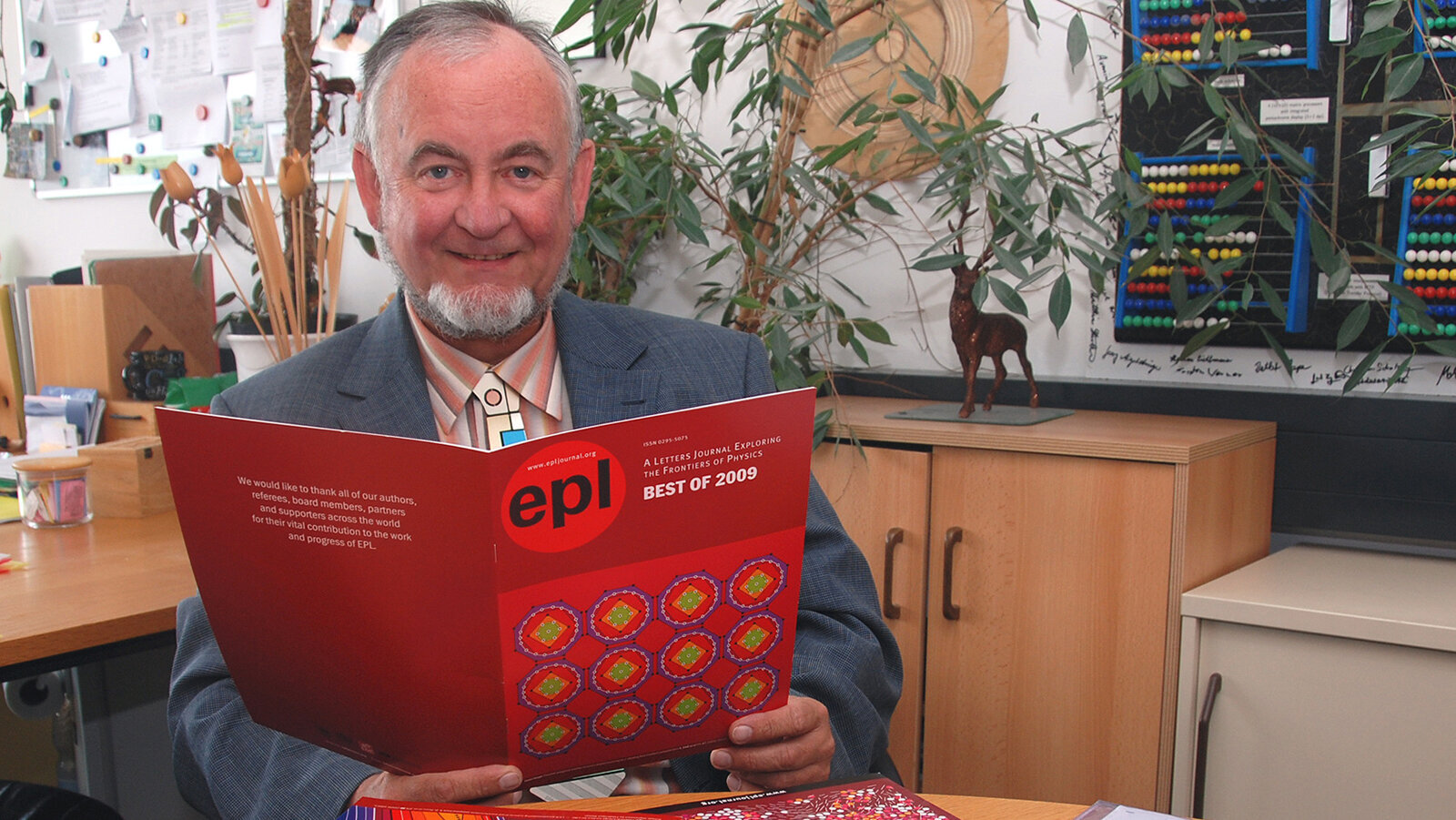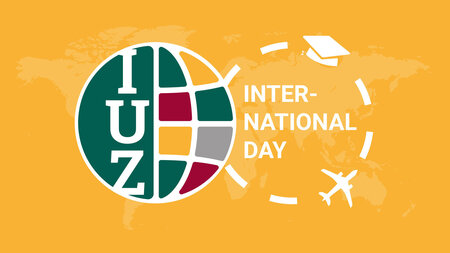Seven Chemnitz Researchers Among Top 1 Percent Worldwide
Study from Stanford examined the publications included in the SCOPUS literature database since 1960 - Bibliometrics expert Prof. Dr. Michael Schreiber attests to the high quality of analysis.
-

Prof. Dr. Michael Schreiber, who held the professorship of Theoretical Physics III - Theory of Unordered Systems at Chemnitz University of Technology from 1993 to 2020, not only published a great deal and was frequently cited, his hobby is also bibliometrics, i.e. the study of the measurement of scientific publications. Photo: Image Archive of the Press and Crossmedia Editorial Office/Mario Steinebach
A ranking of the most cited researchers, compiled in 2020 by the Greek-American health scientist and statistician John P.A. Ioannidis from Stanford together with three colleagues [(2020) PLoS Biol. 18 (10): e3000918], includes some researchers from Chemnitz University of Technology. According to the study, the top 1 percent in their field include two chemists, four physicists, and one electrical engineer from Chemnitz University of Technology, namely Professors Rudolf Holze, Michael Schreiber, Heinrich Lang, Thomas Seyller, Josef Lutz, Oliver G. Schmidt, and Carsten Deibel. Another six professors and one female professor fall into the 2-percent group - Stefan Spange, Michael Sommer, and Michael Mehring from chemistry, Dietrich R.T. Zahn and Roland Päßler from physics, Dieter Happel from mathematics, and Olfa Kanoun from electrical engineering.
The data included in the analysis are based on the SCOPUS literature database. Scientific publications published since 1960 and the citations contained therein after 1995 (excluding self-citations) of 6,880,389 scientists worldwide who have published at least five papers were evaluated. The analysis differentiated 22 subject areas with 176 subjects. The table of the 100,000 most successful authors from SCOPUS was created using a metric combining six different indicators.
"Self-citations do not measure the attention a publication receives."
Prof. Dr. Michael Schreiber, one of the frequently cited researchers at Chemnitz University of Technology, has been intensively involved with bibliometrics since 2006 in addition to his physics research and has published more than 30 papers on the subject. That's why he views such analyses with a critical distance: "The number of citations is certainly not a good measure of excellence, but they do measure the attention someone receives and thus also approximately reflect the influence within the field." The usual accusation that different subjects cannot be compared because of different cultures would not apply to this evaluation, he said, because the rankings were evaluated separately for the 22 subjects and because the results were also published for the 176 subjects.
"It is also often criticized that a single indicator reflects citation events too one-sidedly," Schreiber said. To this he emphasizes that in this case "six indicators are combined in a meaningful way. I am particularly pleased that among them is an indicator proposed by me for the first time, which takes into account the number of authors. In addition, my wish, expressed several times since 2007, to disregard self-citations by all co-authors has been fulfilled." This is because self-citations do not measure the consideration given to a publication. According to Schreiber, among the Chemnitz authors mentioned above, the percentage of self-citations ranged from 9.2 percent to 37.5 percent. "The competing Web of Science database, from which the most cited 6,000 authors are published, makes it possible to count the self-citations of individual authors, but not also those of all coauthors," Schreiber says, explaining the qualitative advantage of Stanforder's analysis. To explain, he says, "Some self-citations are helpful and therefore useful. On the other hand, there are also researchers who sometimes cite themselves because they are rarely cited by others."
High Quality Data Sets
A common problem with citation analysis is the quality of the datasets. "Here, the algorithm for author profiles in the SCOPUS database has been significantly improved in recent years; it now delivers 99.9 percent precision - meaning that the publications in a profile belong to the same person - and more than 94 percent hits - meaning that so many publications by a person are assigned to a single profile," Schreiber said.
Nevertheless, the Chemnitz bibliometrics expert is not entirely satisfied with the new ranking. The reason: "Only citations after 1995 are counted, which means that in my case alone, for example, almost 16 percent of the citations from my most productive years fall out of the analysis.” But he nevertheless considers the new tables to be the "most comprehensive hit list with the most precise data sets for the individual authors and with the most differentiated evaluation for the various subjects that has been produced to date."
(Author: Mario Steinebach/Translation: Chelsea Burris)
Matthias Fejes
20.01.2021




